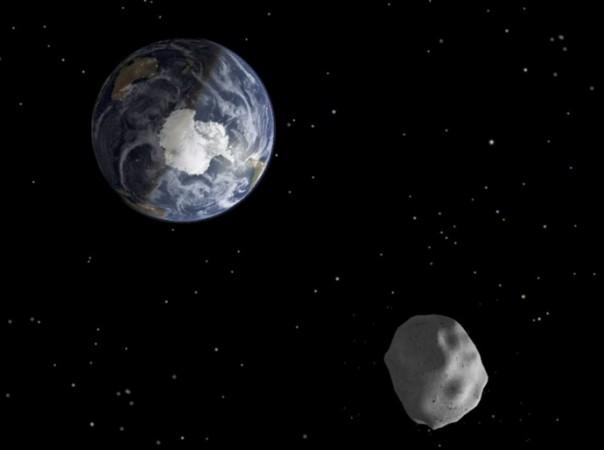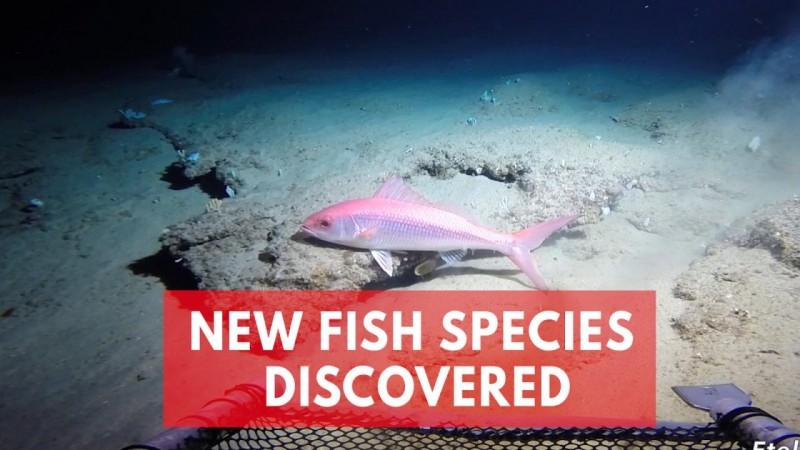
Just about a few days ago, scientists from the National Oceanic and Atmospheric Administration (NOAA) and NASA teamed up and started searching for a meteorite's leftover lumps, which had slammed into the Pacific Ocean back in March, this year. Although NASA could point out the location of where the meteorite's parts hit the ocean, actually discovering any of the remains was still an outside chance. However, now it appears otherwise.
It seems that the efforts are going to pay off. The team of scientists spent a total of seven hours investigating the ocean floor in the marked area, which they pointed out as the site of the meteorite impact. They made use of a pair of giant robot vehicles to comb through the seabed while searching for the special rocks. Finally, they managed to obtain a lot of material using powerful magnets.
However, despite the high-resolution video feeds from the seabed, before taking them out of the water, it was difficult to tell conclusively whether or not any of the materials was a piece of the meteorite that the scientists were searching for.

After the samples were taken out of the water, the scientists started examining them. Marc Fries from NASA went through the samples and finally identified a pair of small pieces, which appear to be the actual parts of that meteorite. Fries is an expert on space materials from NASA and he is also a cosmic dust curator.
Although the pair of rocks is tiny; they carry some features that connect them with a meteorite, which has managed to survive even after entering the Earth's atmosphere. They have these shiny "fusion crust," which appears smooth on the surfaces of the rocks. These suggest that the rocks had endured the enormous friction with Earth's atmosphere before eventually taking a dip into the ocean.
Right now, the researchers are hoping to give a conclusive idea following further thorough examination of the rocks. Now, if the rocks are actually proved to be the parts of a meteorite; it would mark a spectacular achievement for the expedition team.

















